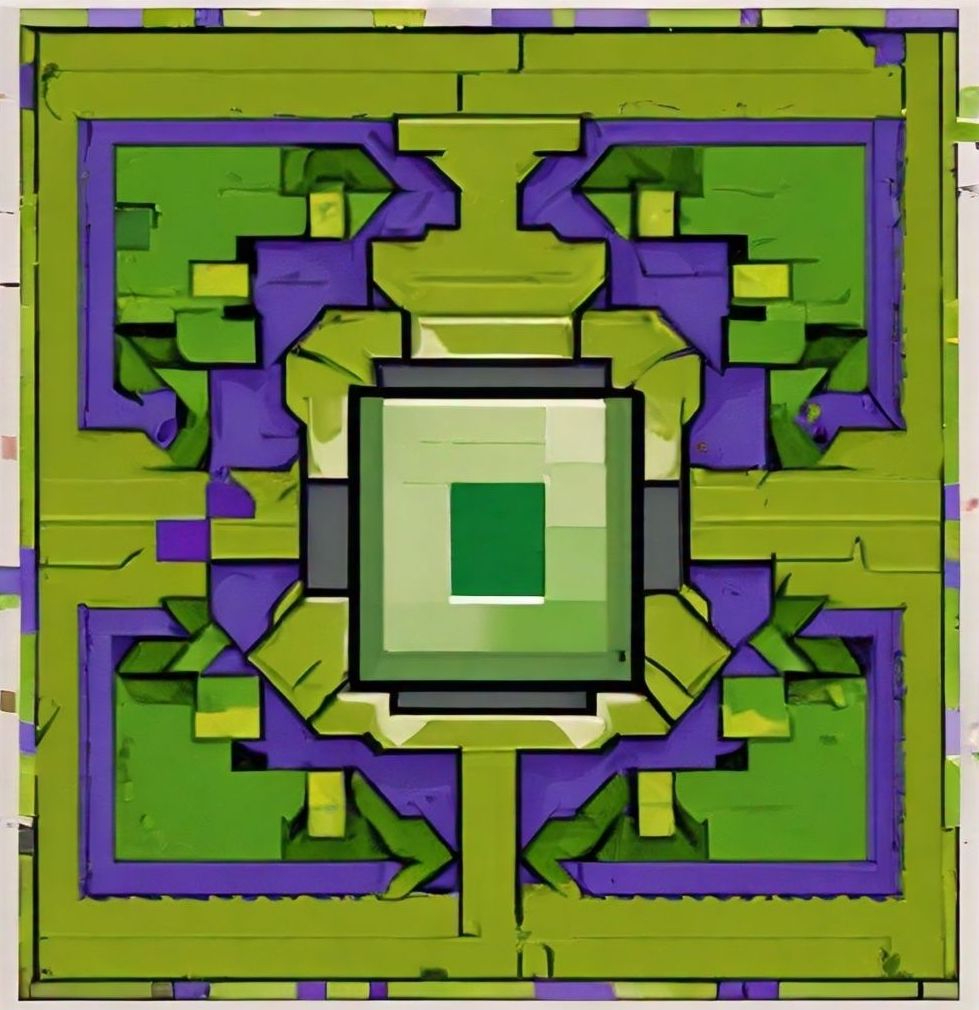185 reads
Dronevision: An Experimental 3D Testbed for Flying Light Specks: Related Work
by
July 1st, 2024
Audio Presented by

Pioneering instance management, driving innovative solutions for efficient resource utilization, and enabling a more sus
Story's Credibility

About Author
Pioneering instance management, driving innovative solutions for efficient resource utilization, and enabling a more sus
